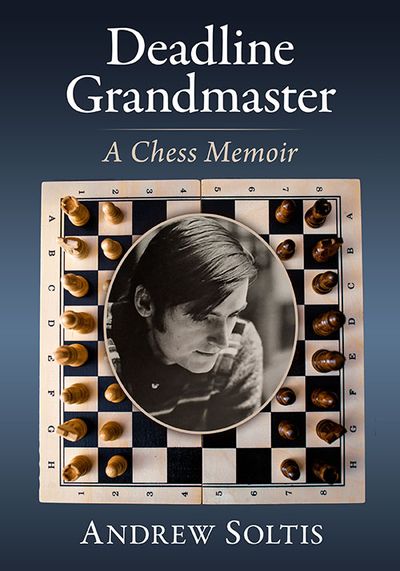"Deel 1 en 2 samen met 10% korting"
Play the Dutch! Part 1
When one answers 1.d4 with 1...f5, you usually face a choice between meeting one of the main lines or a sideline. I have divided the book into two parts: In the first, all the lines in which White doesn’t play g3 and develop the bishop to g2.
White has quite a few aggressive attempts, but my impression of these lines in general is that, although they can temporarily cause problems, Black players after a while find a way to neutralise them. The fi rst volume will be useful for players who want to play the Stonewall, the Ilyin-Zhenevsky or the Hort systems without allowing the French or the Pirc defences. As you will see, I do not always recommend developing the bishop to g7.
Play the Dutch! Part 2
In the second volume we look at all the lines in which White plays g3 and develops the bishop to g2. This setup means that White doesn’t plan to refute the Dutch defence, but is instead ready to play a slow game. The bishop stands well on the long diagonal as it fits in against all the main Black systems: the Stonewall, the Ilyin-Zhenevsky, and it is also not at all bad against our Leningrad.
The g2-square is the most popular place for the bishop and it is not without reason. When we develop the bishop to g7, Black usually tries to carry out ...e5 — and if possible reduce the g2-bishop’s power by pushing the e-pawn again to e4. But that is not the only pawn formation Black can choose. Black can also opt for the Leningrad Stonewall with ...c6 and ...d5, or consider a Benoni-type pawn structure with ...c5. Black can also look to gain space on the queenside with ...c6, ...Na6, ...Bd7 and ...b5. And these plans are not the whole story: in some cases Black can also play ...a5 and ...Na6, while in addition some players like to act on the other wing with ...h6 and ...g5. The black queen may go to e8, but sometimes to a5, and can remain on the same diagonal on c7 or b6. But the lady may also perform the role of putting pressure on d5 from f7, or to attack the king from h5.
Such versatility is rare and very fascinating. I believe that, just as in the first book, this tour in slower lanes of the Leningrad Dutch waters will be very entertaining, and firmly believe that one can score well with this marvellous opening.


